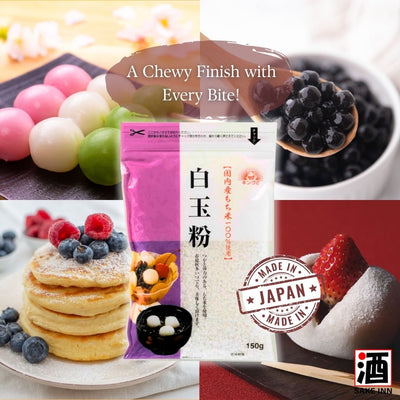Ren Ri 7 Vegetables Stir-Fry
Ren Ri (人日)
Ren ri (Human Day), the seventh day of the first lunar month, is regarded as the birthday of men. According to Chinese custom, a goddess created different animals on different days. But on the seventh day, after creating the world, humans were created. It is celebrated not only in China, but also in other areas and countries with Chinese culture.
The 7 Vegetables Stir-Fry 七样菜 is one of the many lucky dishes created in honour of ren ri. The name, 七样菜, literally means 'seven types of vegetables'. It is a dish that combines the different spring vegetables available during the spring season. Cooking this special vegetable dish symbolizes wealth and prosperity, and the best part of this dish is that there are no fixed rules for what makes up the seven different vegetables! There are many variations of this dish, but there are some "must have" vegetables. Read on to find out about symbolism of some of the vegetables.

Symbolism of Some of the Vegetables
Leaks (大蒜): Also pronounced as 'da suan', Chinese leeks are a Chinese favourite and common vegetable during the festive season. The name sounds like calculating (money) therefore it has come to symbolize good fortune of counting wealth. You can find this vegetable in many Chinese dishes especially during the Chinese New Year.
Spring Onions (葱): Spring onions are a well liked vegetable, especially as a garnish. However, it is also very popular during the Chinese New Year too thanks to the association with the word "smart"
Chinese Spinach (菠菜): This vegetable is also known as 飛龍菜, literally translates to Flying Dragon. No wonder the Chinese associate this vegetable with the auspicious dragon. Helps that it is also high in vitamin A, vitamin B, and iron.
Mustard Greens (大菜): The mandarin name "da cai" sounds like fortune and prosperity. This vegetable will not only give you wealth; it is also high in nutrients. Packed with vitamins like vitamins A, C, and K, as well as antioxidants
How to Cook
Ingredients
- 2 stalks Chinese leeks
- 2 bunches Bok Choy
- 2 bunces Cai Xin
- 1 large stalk Chinese Spinach
- 1 stalk Mustard Greens
- 1 small head Napa Cabbage
- 2 stalks Spring Onions
- Oil
- 5 cloves of chopped garlic
- 2 teaspoons of chicken/mushroom seasoning
- Salt and pepper
- 1 serving pork belly, cut into strips (optional)
- Fried garlic (optional)
Instructions
- Chop the vegetables accordingly.
- Heat oil in wok or frying pan. Fry garlic and leek till fragrant.
- Add pork belly and the rest of the vegetables. Stir-fry on high heat.
- Add seasoning, salt and pepper to taste. Mix well and serve.
- Add deep fried garlic pieces (optional)
Note: You can also use other types of vegetables, depending on your preference and availability of the vegetables. Addition of pork belly or any other meat is not necessary, but it would make the dish more fragrant.
Pair Your CNY Dishes with Sake

Tamano Hikari 94 Kushi Junmai Ginjyo
玉乃光 94 純米吟醸
SMV +2 | Alcohol 16-17% | Kyoto
Enjoy the full body and deep umami flavour of this Tamano Hikari 94 Kushi Junmai Ginjyo. Specially brewed to be enjoyed with grilled meats like yakitori chicken, pork and beef.
Available in 300ml ($35) or 720ml ($75).
Kikusui Junmai Ginjyo Sake
菊水 純米吟醸酒
SMV +3 | Alcohol 15% | Niigata
The Kikusui Junmai Ginjyo Sake is a light and comfortably dry premium sake, with the aroma of fresh cantaloupes and bananas, followed by a medium body bringing refreshing orange overtones. With just the right amount of body and a comfortable dryness, it is able to enhance any type of cuisine. It also serves as a great alternative to white wine, and is best enjoyed chilled.
Available in 300ml ($28) or 720ml ($55).
Amanoto Junkara Junmai Sake
天の戸 醇辛 純米酒
SMV +9 | Alcohol 16-17% | Akita
The Amanoto Junkara Junmai Sake is well-balanced, with a dry, earthy taste. It has a brilliant aroma and delightful acidity, with an easy-to-drink texture with a floral nose. It is best served warm or at room temperature, and complements well with any cuisine.




















Leave a comment